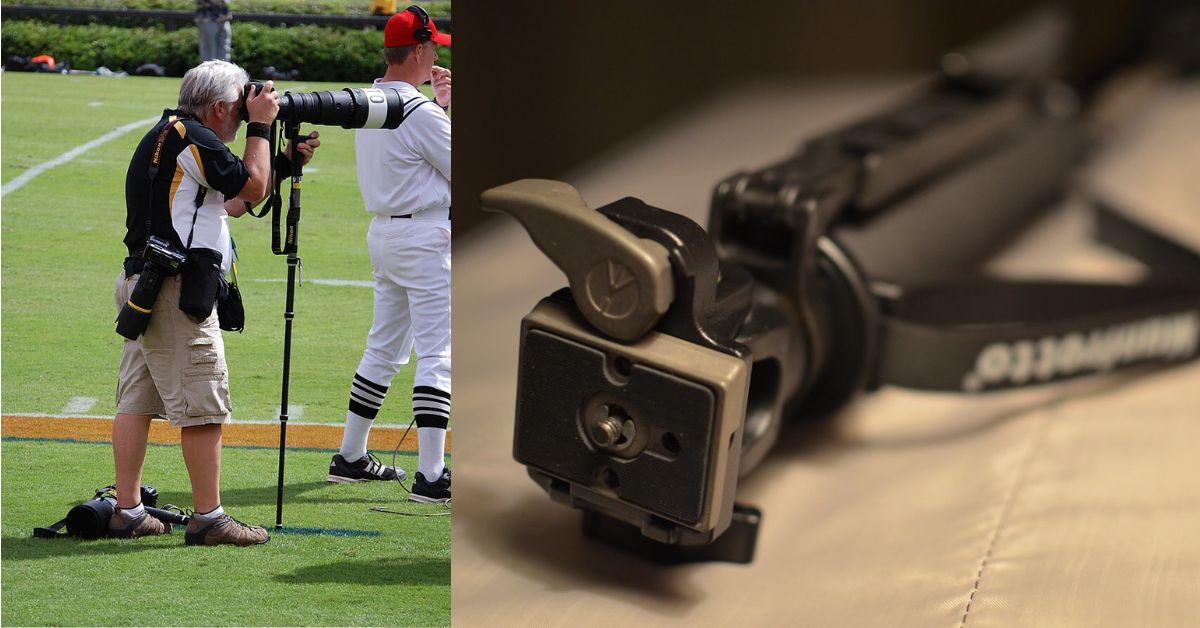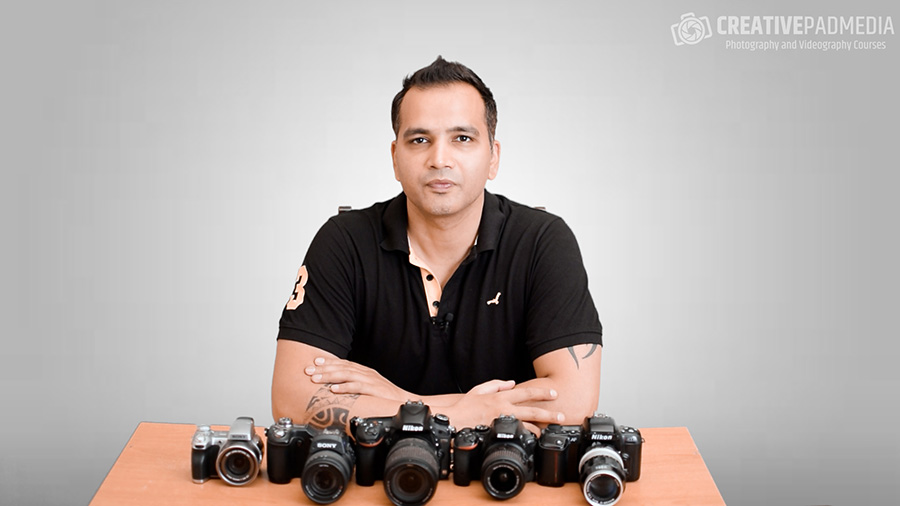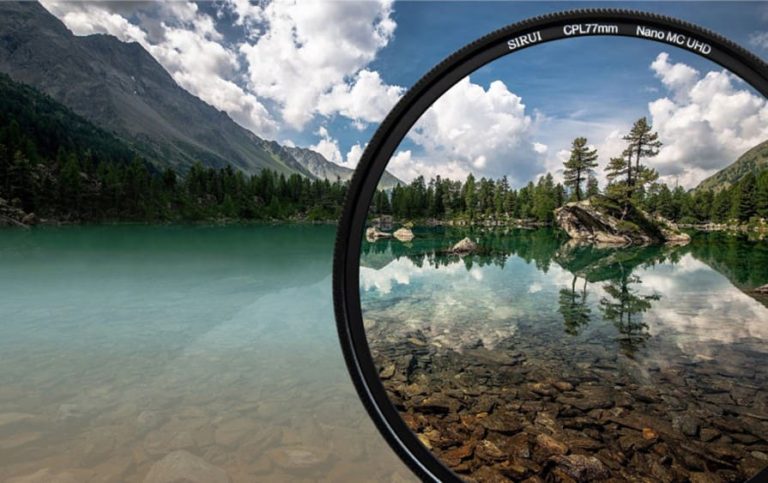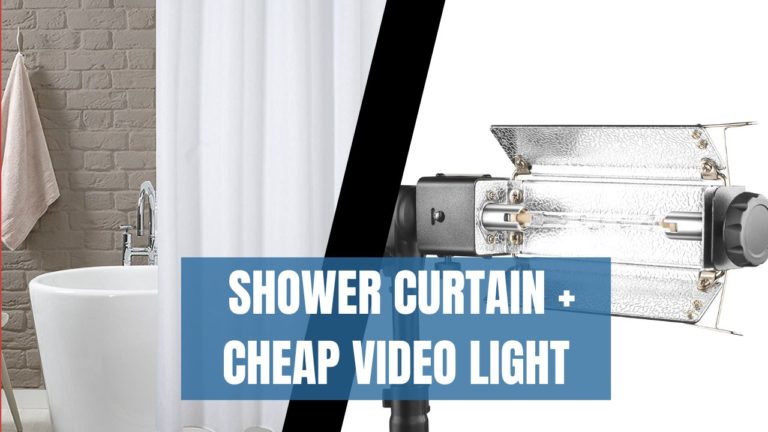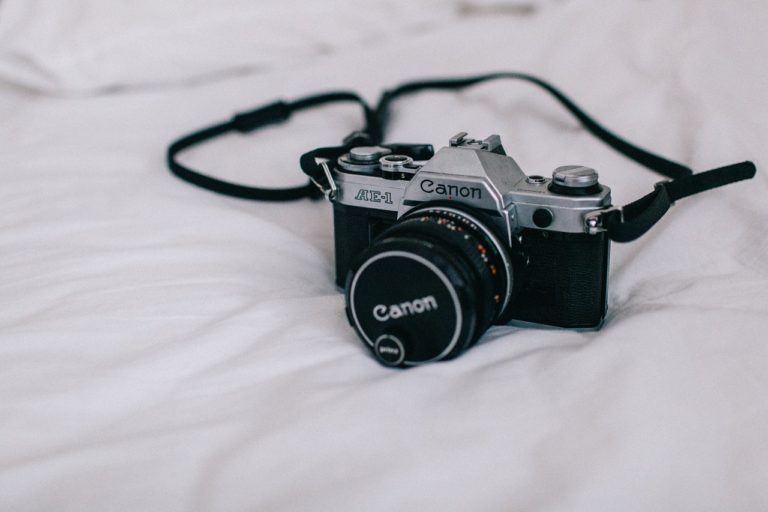What is a One-Legged Camera Support That Sports Photographers Use?
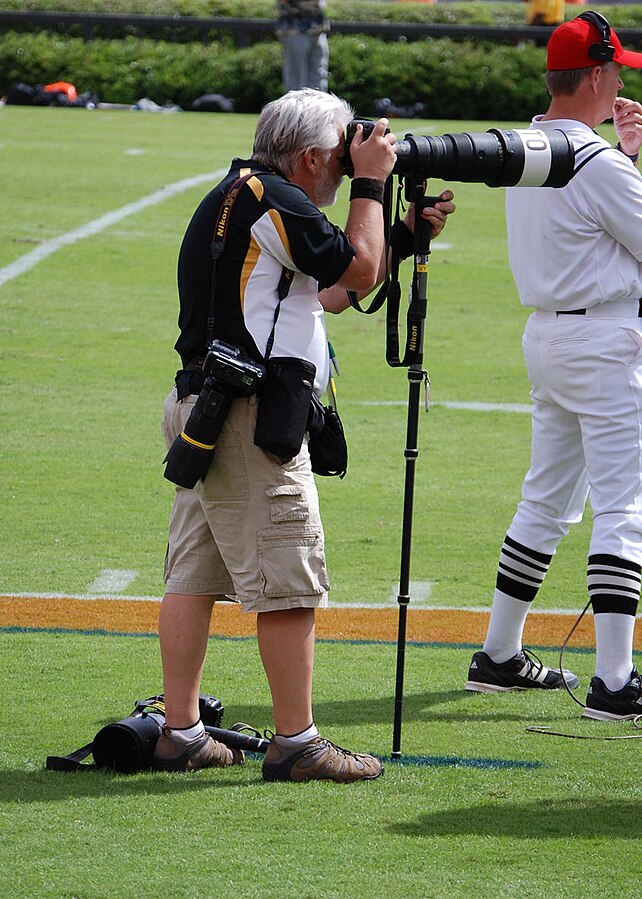
Ever tried balancing a camera on your head while taking photos at a fast-paced football game? Yeah, me neither. But if you’re a sports photographer, you need to get the perfect shot without looking like you’re about to fall over. So, what’s the secret?
A handy tool that supports you (and your camera) without the fuss of a tripod’s three legs. Enter the monopod: the one-legged hero that keeps your photos steady and your life easier, even in the craziest sports events
Why is a Monopod Preferred by Sports Photographers?

Sports photography demands speed, precision, and the ability to move swiftly. Capturing athletes in action requires a steady hand and quick reflexes. This is where a monopod shines.
A monopod, unlike a tripod, has a single leg, making it lighter and more portable. Sports photographers appreciate this mobility as it allows them to move quickly around the field or court. With a monopod, they can follow the action closely without being bogged down by heavy equipment.
Additionally, monopods provide a stable base to reduce camera shake. This stability is crucial when using long telephoto lenses, which are common in sports photography. These lenses can be heavy and challenging to keep steady. A monopod helps bear the weight, reducing fatigue and enabling photographers to hold the camera steady for sharper images.
Difference Between Monopod and Tripod
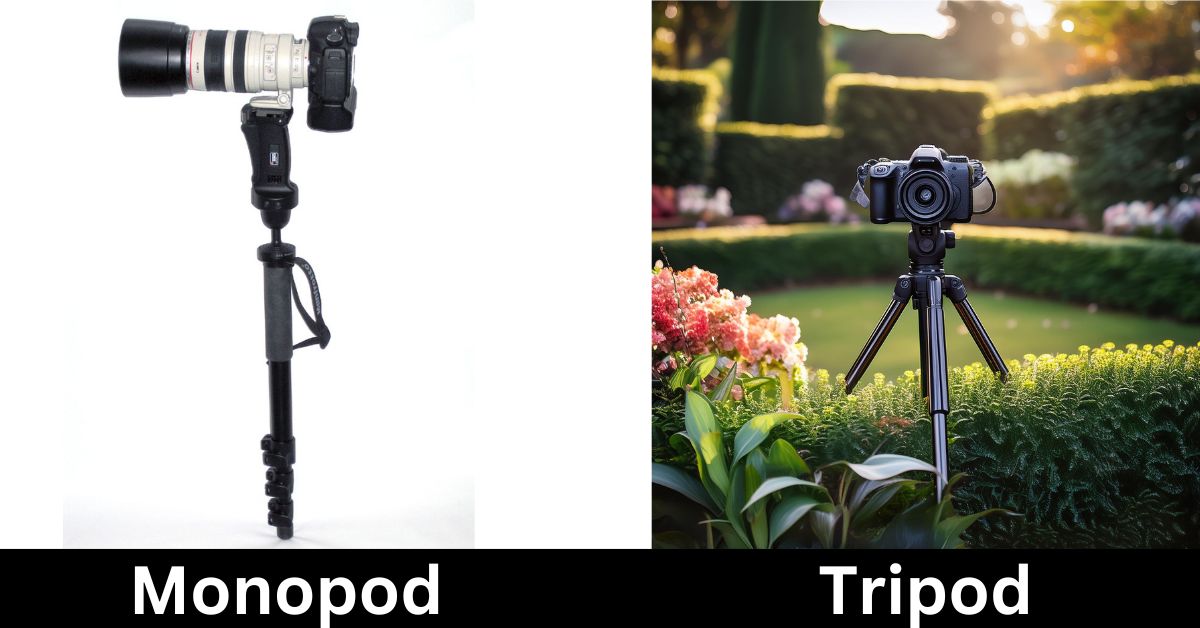
Monopods and tripods are both tools to stabilize cameras, but they have distinct differences.
- Legs and Stability: A tripod has three legs, offering maximum stability. It is ideal for situations where the camera needs to remain completely still for long periods, such as landscape photography or time-lapse shots. In contrast, a monopod has a single leg, providing support but less stability than a tripod. It’s a compromise between stability and mobility.
- Weight and Portability: Tripods are generally heavier and bulkier due to their three legs and often more complex mechanisms. Monopods are lighter and easier to carry around, making them ideal for photographers on the move.
- Setup Time: Setting up a tripod can take more time due to its multiple legs and potential adjustments. A monopod is quicker to set up, as it only requires extending one leg.
- Usage Scenarios: Tripods are best for stationary photography, where movement is minimal, like studio or landscape photography. Monopods excel in dynamic environments where the photographer needs to move frequently, such as sports events or wildlife photography.
Good Brands and Popular Monopods
When you are starting out, even going for some cheap monopods like these ones is fine. But when you’ve got some experience and want something more professional, then the following brands won’t disappoint you.:
- Manfrotto: Known for their durable and versatile monopods, Manfrotto offers models like the Manfrotto XPRO Monopod+. This model is popular for its sturdy build and ease of use.
- Gitzo: Gitzo monopods are highly regarded for their robust construction and lightweight materials. The Gitzo GM5561T Traveler 6X Carbon Fiber Monopod is a favorite among professional photographers.
- Benro: Benro combines affordability with quality. The Benro Adventure MAD49A is a great example, offering a balance of features at a reasonable price.
- Sirui: Sirui is known for its innovative designs and reliable performance. The Sirui P-326 Carbon Fiber Monopod is a popular choice for those looking for lightweight yet strong monopods.
Things to Keep in Mind When Purchasing a Monopod
When selecting a monopod, several factors should be considered to ensure it meets your needs:
- Weight Capacity: Ensure the monopod can support the weight of your camera and lens. Check the specifications to match the monopod’s capacity with your gear’s weight.
- Material: Monopods are typically made from aluminum or carbon fiber. Aluminum is more affordable and durable, while carbon fiber is lighter and better at reducing vibrations but tends to be pricier.
- Height: Consider the maximum and minimum height of the monopod. It should extend to a comfortable height for shooting and collapse to a manageable size for transport.
- Locking Mechanism: Monopods use different locking mechanisms for adjusting leg length, such as flip locks or twist locks. Choose one that you find easy to operate quickly.
- Footing: Some monopods come with interchangeable feet, like rubber tips for indoor use or spikes for outdoor terrains. Consider where you’ll be using the monopod most frequently.
- Grip and Comfort: A comfortable grip and wrist strap can make a significant difference, especially during long shooting sessions. Look for monopods with ergonomic designs.
Conclusion
A monopod is a valuable tool for photographers, offering a balance of mobility and stability. Especially favored by sports photographers, monopods allow for quick movements and steady shots with heavy lenses. Understanding the differences between monopods and tripods, recognizing reputable brands, and knowing what to look for when purchasing can help you choose the perfect monopod for your photography needs. Whether you’re capturing the winning goal or a bird in flight, a monopod can be your trusty companion, ensuring every shot is sharp and steady.
If you want to know more about some other photography and videography gear, then do check out our recommended gear page.

